Hideaway House in London features timber panelling inspired by the New York hospitality scene
The elegantly refurbished Hideaway House by Studio McW in London features timber panelling inspired by Philip Johnson’s The Four Seasons Restaurant

The authors of Hideaway House in London, architecture practice Studio McW, have a certain talent for making the best of the capital’s stock of traditional terraced housing, adding a minimalist touch to projects such as an east London house extension with sculptural raw concrete, and an expertly renovated Edwardian villa in Clapham. For their latest project in West London, the architects have focused on small yet powerful interventions throughout the property, as well as extensive collaboration with their clients, a family relocating back to the United Kingdom after over a decade in the US.
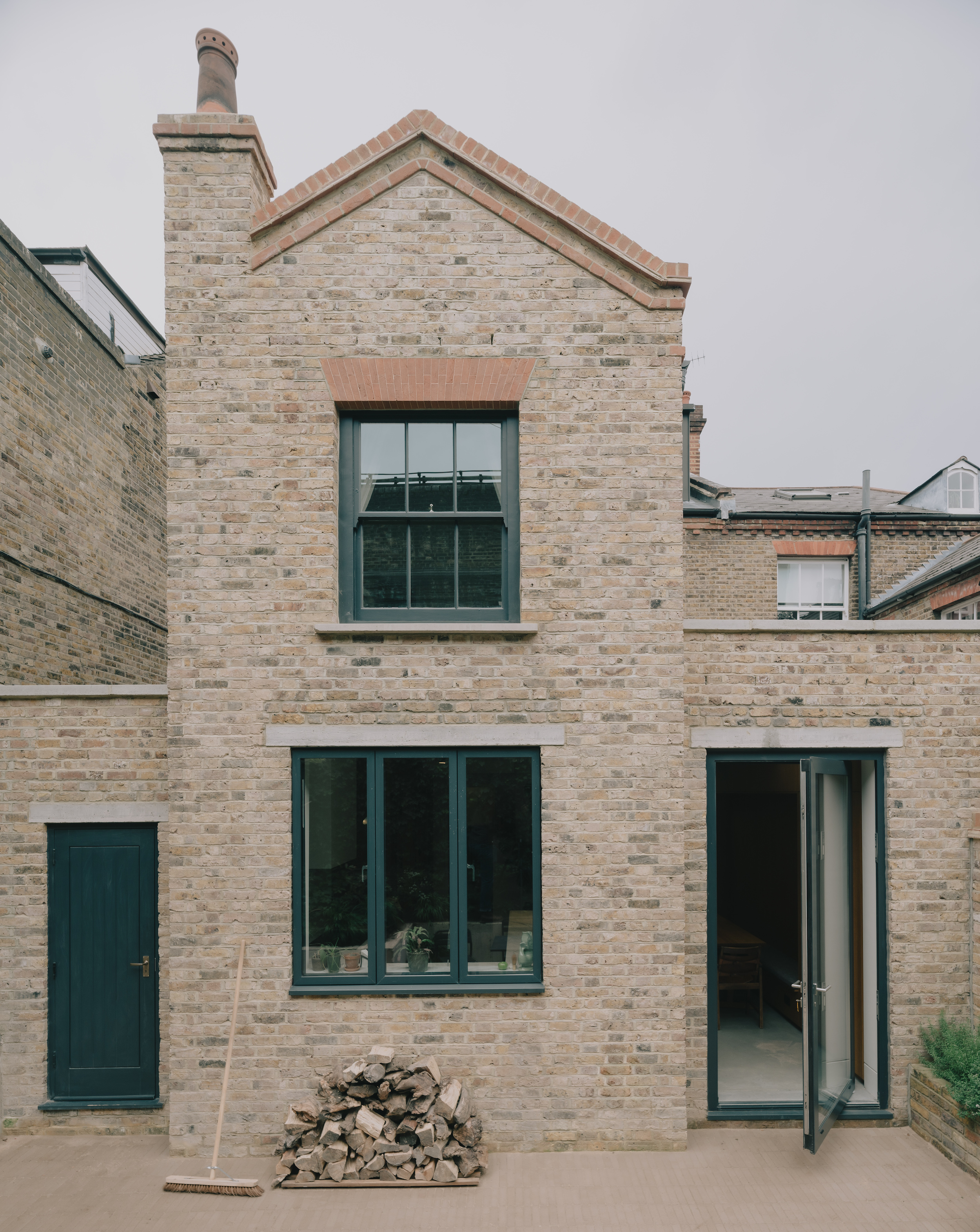
The warm and luxurious Hideaway House
‘This project represents a holistic collaboration with clients who, from the start, had a shared design ambition and vision,’ explains Greg Walton, who set up Studio McW in 2016 with David McGahon.
‘Victorian homes are so often compromised by the space requirements of modern-day services. However, by extracting the services for the home into the new, slim extension, the architectural integrity of the original property can be maintained. The home, and therefore our clients, benefit from highly functional spaces.’
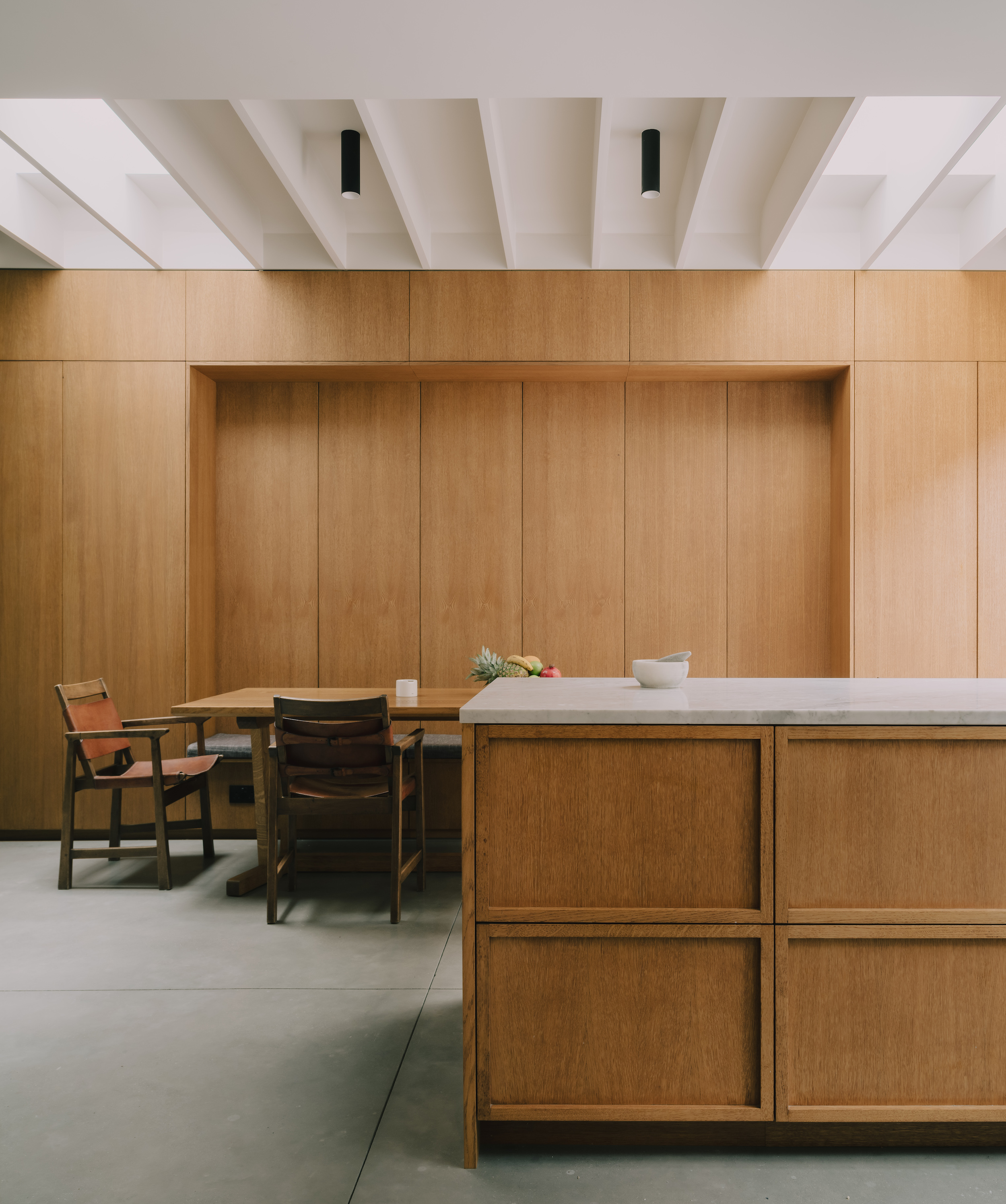
The result is ‘a home for living, an extension to serve’. The four bedroom semi-detached Victorian property features generous volumes and spacious bedrooms, while the new extension houses an elegant kitchen with storage and service spaces hidden from view. A guest cloakroom, utility room, pantry, and bike and bin stores are hidden behind a stunning wood-panelled wall, inspired by Philip Johnson’s The Four Seasons Restaurant in New York.
‘After spending so many years overseas and arriving back in London with two young boys, we recognised we needed an efficient, spacious and flexible family home, says client Rebecca Wilde-Allen, who along with her husband Stuart had a clear vision for their new home. ‘We also wanted spaces that featured the design influences we love – both period and modern – and that accommodated the art and furniture we have accumulated on our travels.’
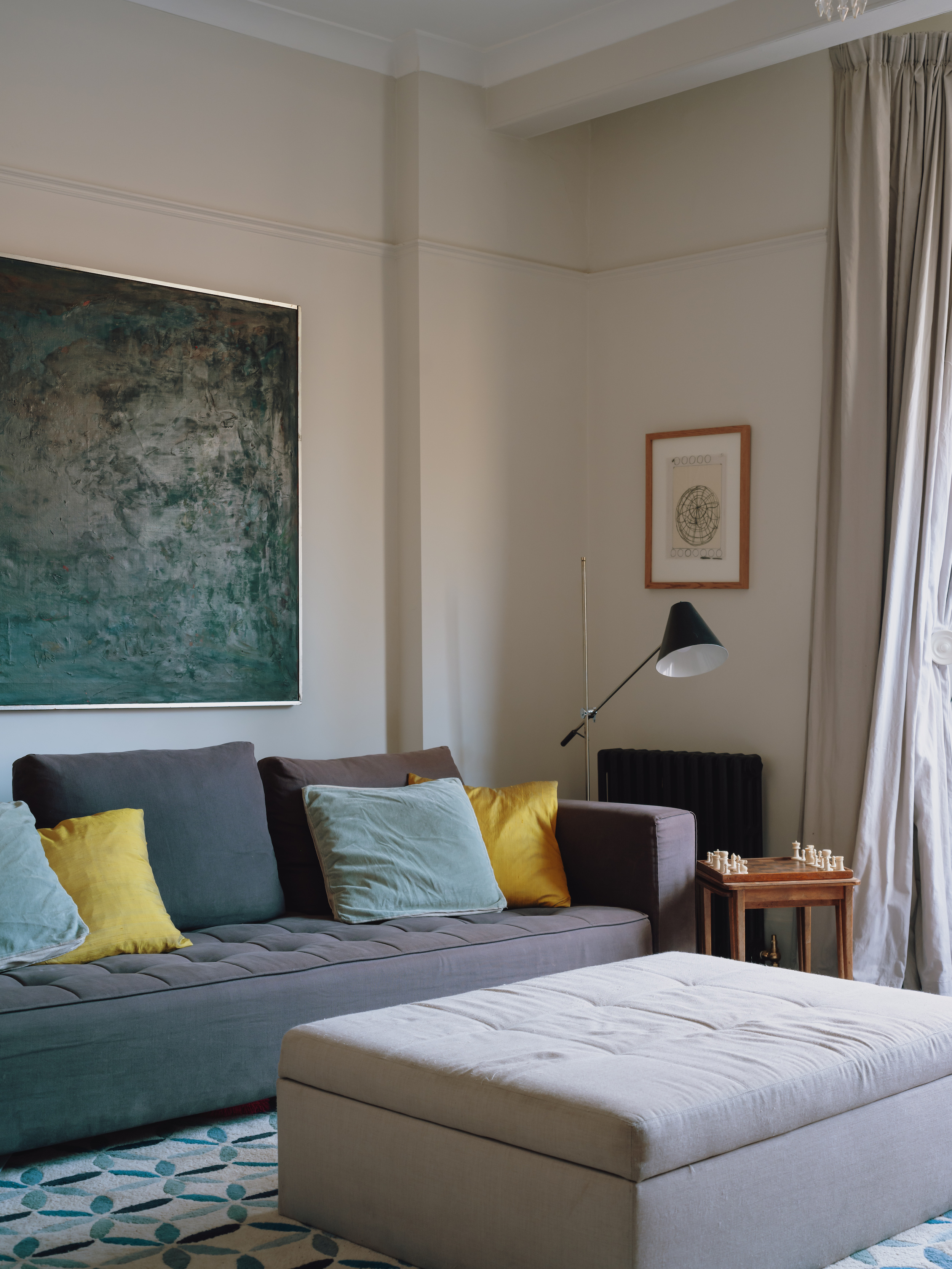
Studio McW used the full width of the property, retaining the rear garden almost entirely. By removing an existing conservatory on one side of the original kitchen, and building a 9 sq m extension on the other, on a former side passage, the architects have freed the original floorplan of the Victorian home and created a spacious open-plan kitchen and dining space without compromising on storage and functionality.
Reconstructed in London stock brick reclaimed from the demolished kitchen, the extension features stained oak panelling walls created by Studio McW’s long-term collaborator Idle Furniture, a Yorkshire-based workshop. The panelling conceals storage and services and camouflage doors to the utility spaces, as well as creates a niche-like seating area, complementing a long custom dining-table designed in collaboration by the clients and Studio McW.
Receive our daily digest of inspiration, escapism and design stories from around the world direct to your inbox.
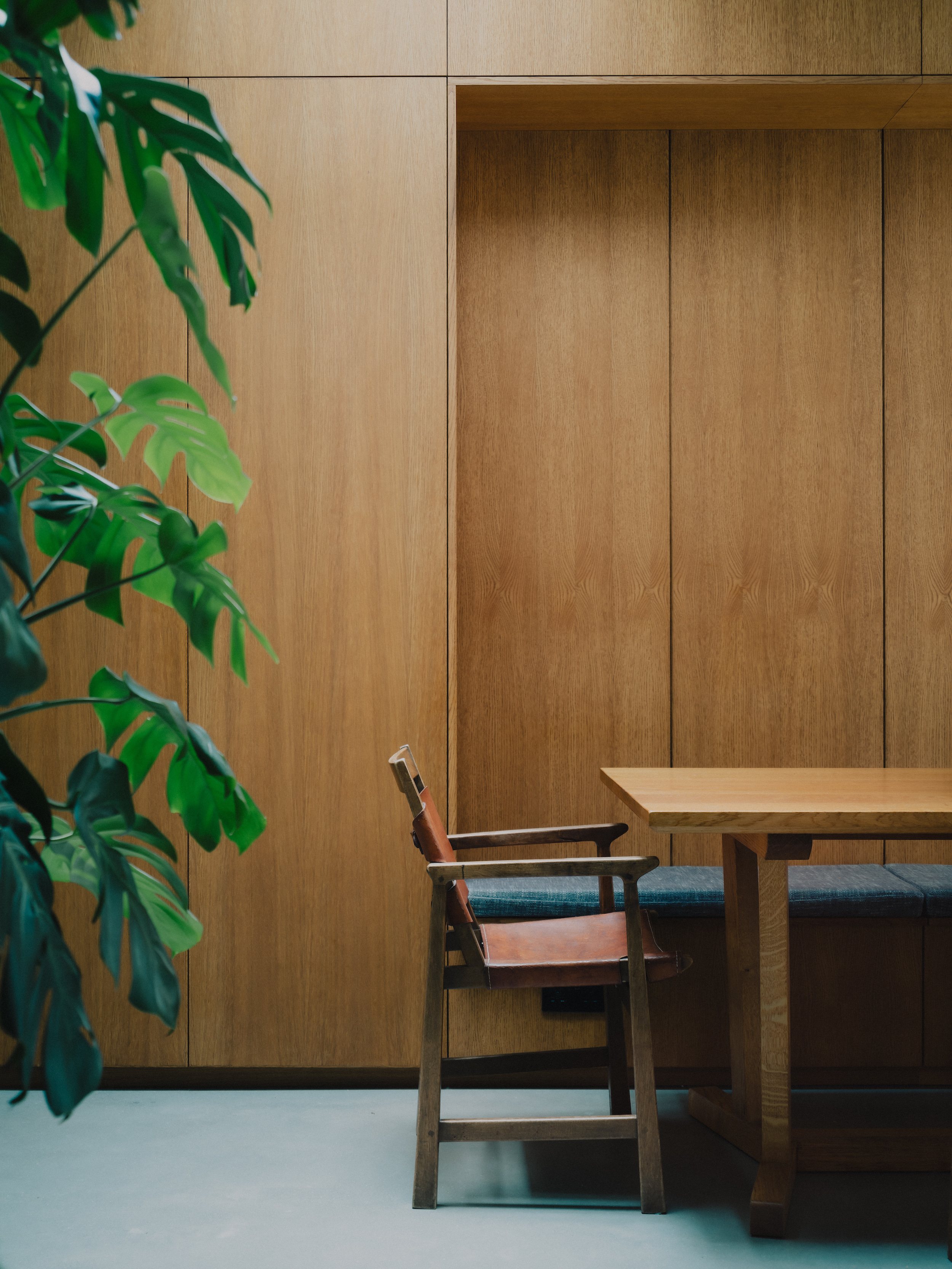
The owners sought to retain and reuse as much of the original building as possible, laboriously restoring period floorboards, fireplace and balustrades. These original features are now complemented by concrete floors by Steyson Granolithic and tiles by Grestec, as well as the couple’s furniture, including a set of midcentury Paco Muñoz chairs carefully restored by Stuart.
Studio McW is currently refurbishing a corner property in Notting Hill into a mixed-use development for a high-profile company and client.
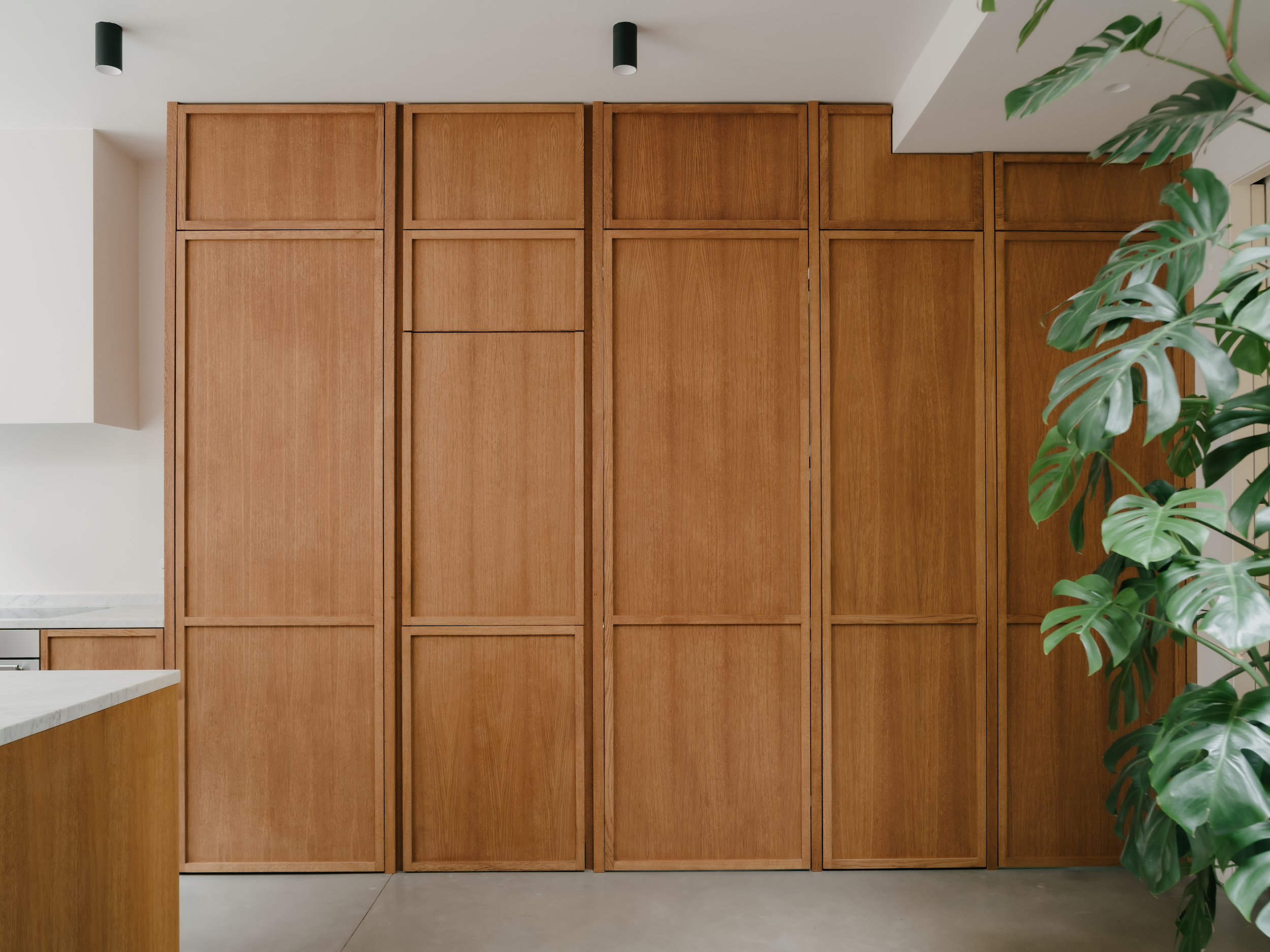
Léa Teuscher is a Sub-Editor at Wallpaper*. A former travel writer and production editor, she joined the magazine over a decade ago, and has been sprucing up copy and attempting to write clever headlines ever since. Having spent her childhood hopping between continents and cultures, she’s a fan of all things travel, art and architecture. She has written three Wallpaper* City Guides on Geneva, Strasbourg and Basel.
-
 Eight questions for Bianca Censori, as she unveils her debut performance
Eight questions for Bianca Censori, as she unveils her debut performanceBianca Censori has presented her first exhibition and performance, BIO POP, in Seoul, South Korea
-
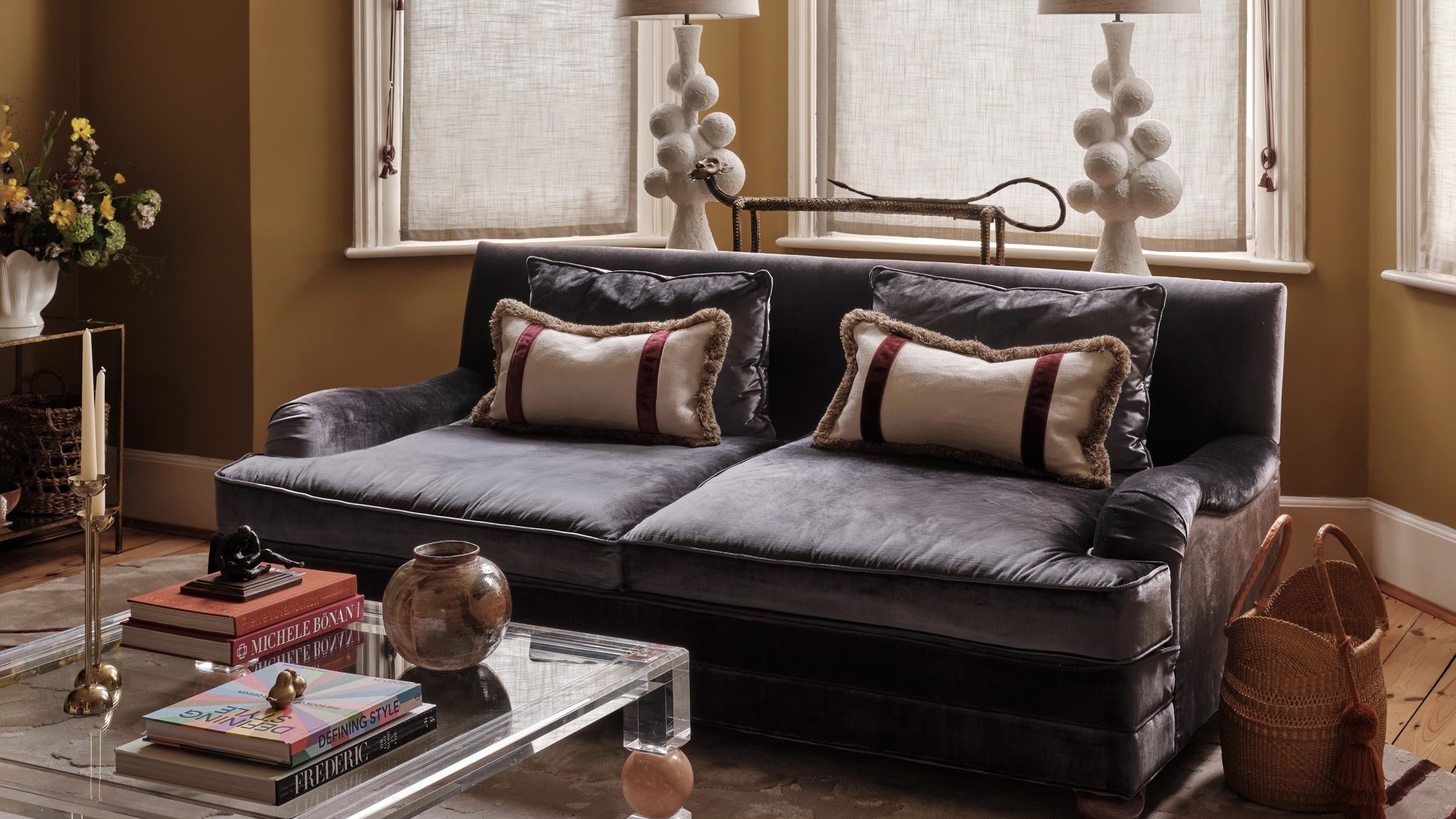 How to elevate a rental with minimal interventions? Charu Gandhi has nailed it with her London home
How to elevate a rental with minimal interventions? Charu Gandhi has nailed it with her London homeFocus on key spaces, work with inherited details, and go big on colour and texture, says Gandhi, an interior designer set on beautifying her tired rental
-
 These fashion books, all released in 2025, are the perfect gift for style fans
These fashion books, all released in 2025, are the perfect gift for style fansChosen by the Wallpaper* style editors to inspire, intrigue and delight, these visually enticing tomes for your fashion library span from lush surveys on Loewe and Louis Vuitton to the rebellious style of Rick Owens and Jean Paul Gaultier
-
 A former agricultural building is transformed into a minimal rural home by Bindloss Dawes
A former agricultural building is transformed into a minimal rural home by Bindloss DawesZero-carbon design meets adaptive re-use in the Tractor Shed, a stripped-back house in a country village by Somerset architects Bindloss Dawes
-
 RIBA House of the Year 2025 is a ‘rare mixture of sensitivity and boldness’
RIBA House of the Year 2025 is a ‘rare mixture of sensitivity and boldness’Topping the list of seven shortlisted homes, Izat Arundell’s Hebridean self-build – named Caochan na Creige – is announced as the RIBA House of the Year 2025
-
 In addition to brutalist buildings, Alison Smithson designed some of the most creative Christmas cards we've seen
In addition to brutalist buildings, Alison Smithson designed some of the most creative Christmas cards we've seenThe architect’s collection of season’s greetings is on show at the Roca London Gallery, just in time for the holidays
-
 In South Wales, a remote coastal farmhouse flaunts its modern revamp, primed for hosting
In South Wales, a remote coastal farmhouse flaunts its modern revamp, primed for hostingA farmhouse perched on the Gower Peninsula, Delfyd Farm reveals its ground-floor refresh by architecture studio Rural Office, which created a cosy home with breathtaking views
-
 A revived public space in Aberdeen is named Scotland’s building of the year
A revived public space in Aberdeen is named Scotland’s building of the yearAberdeen's Union Terrace Gardens by Stallan-Brand Architecture + Design and LDA Design wins the 2025 Andrew Doolan Best Building in Scotland Award
-
 The Architecture Edit: Wallpaper’s houses of the month
The Architecture Edit: Wallpaper’s houses of the monthFrom wineries-turned-music studios to fire-resistant holiday homes, these are the properties that have most impressed the Wallpaper* editors this month
-
 A refreshed 1950s apartment in East London allows for moments of discovery
A refreshed 1950s apartment in East London allows for moments of discoveryWith this 1950s apartment redesign, London-based architects Studio Naama wanted to create a residence which reflects the fun and individual nature of the clients
-
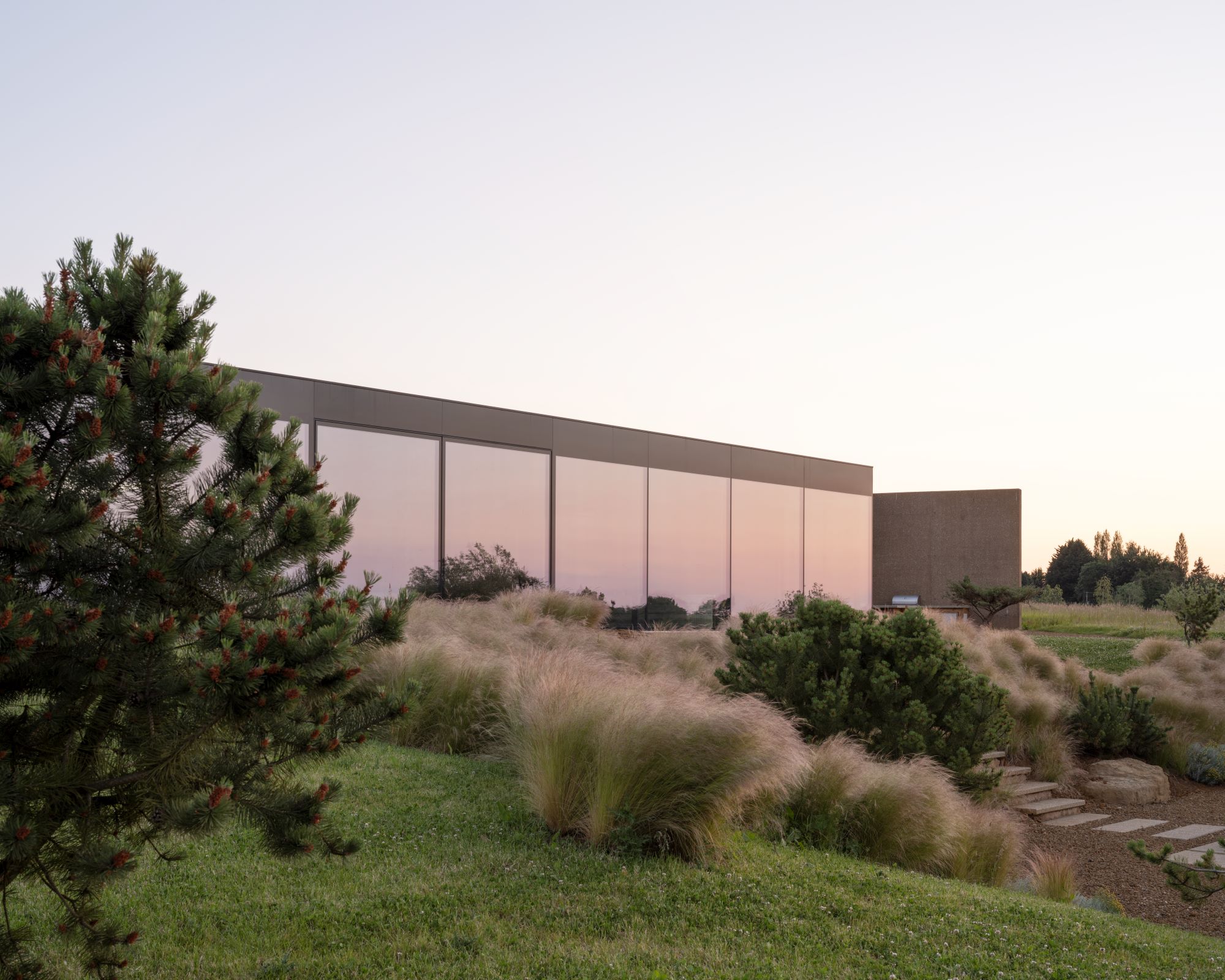 In this Cotswolds home, drama meets minimalism
In this Cotswolds home, drama meets minimalismCotswolds home Hiaven house, with interiors designed by McLaren Excell, is a perfect blend of contemporary chic and calm, countryside drama